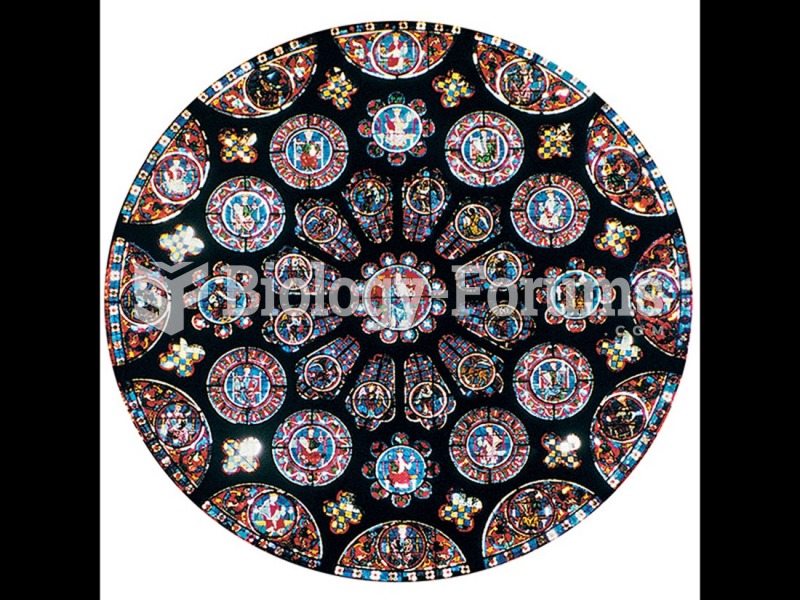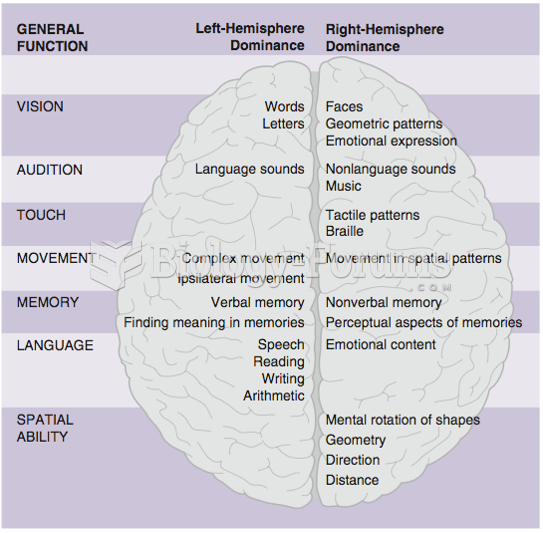Answer to Question 1Flagship department stores in large cities still exhibit highly artistic window displays, while ''the trend today for chain-store windows is toward easy-to-assemble props and signage designed and packaged by corporate headquarters and shipped to stores for assembly. Clean, simple lines and stylized forms predominate over lifelike mannequins and elaborate settings.''
The article believes that such trends give small retailers a chance to show off their creativity and stand out as unique.
The guidelines given are: (1) Keep it simple. Dont try to put in everything at once; focus on one product or theme. (2) Keep it clean. (3) Change displays frequently to keep the fresh look. (4) Bright lighting is crucial, both during the day and at night. Use lights to highlight individual items or signs. (5) Use repetition of shapes and colors to attract attention. (6) Cluster items in groups of three or five. Odd numbers are most pleasing to the eye. (7) Vary height and depth of items to carry the eye throughout the display. (

Use motion to catch the customers eye. (9) Use light, bright colors. (10) If you have more than one window, balance the display between them to give the entire storefront a coordinated look. (11) Feature products you have elsewhere in the store, not one-of-a-kind items. (12) Continue the theme of the window display with other displays inside the store.
Answer to Question 2The award-winning fixture was a seating area in the front of the store. The main brand feature that Keds wanted to convey was comfort.
Canadian department store La Maison Simons won the award for 2003 (the most recent award listed on the site). According to the site, the store design ''focuses on the customer experience by utilizing customer service zones, easy circulation, and interactive and informative merchandising and displays. The space offers real entertainment and an environment that is enjoyable to explore.''







